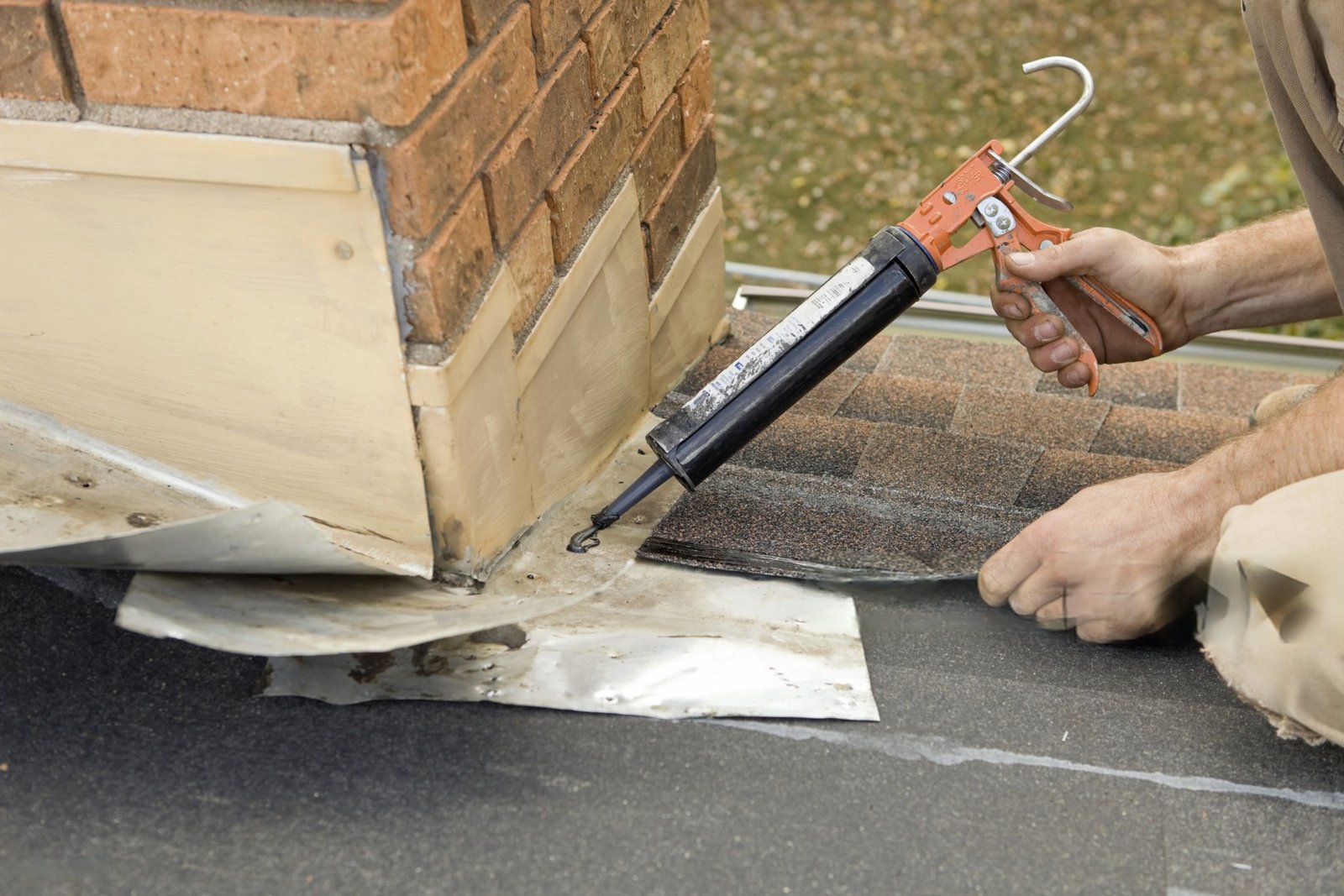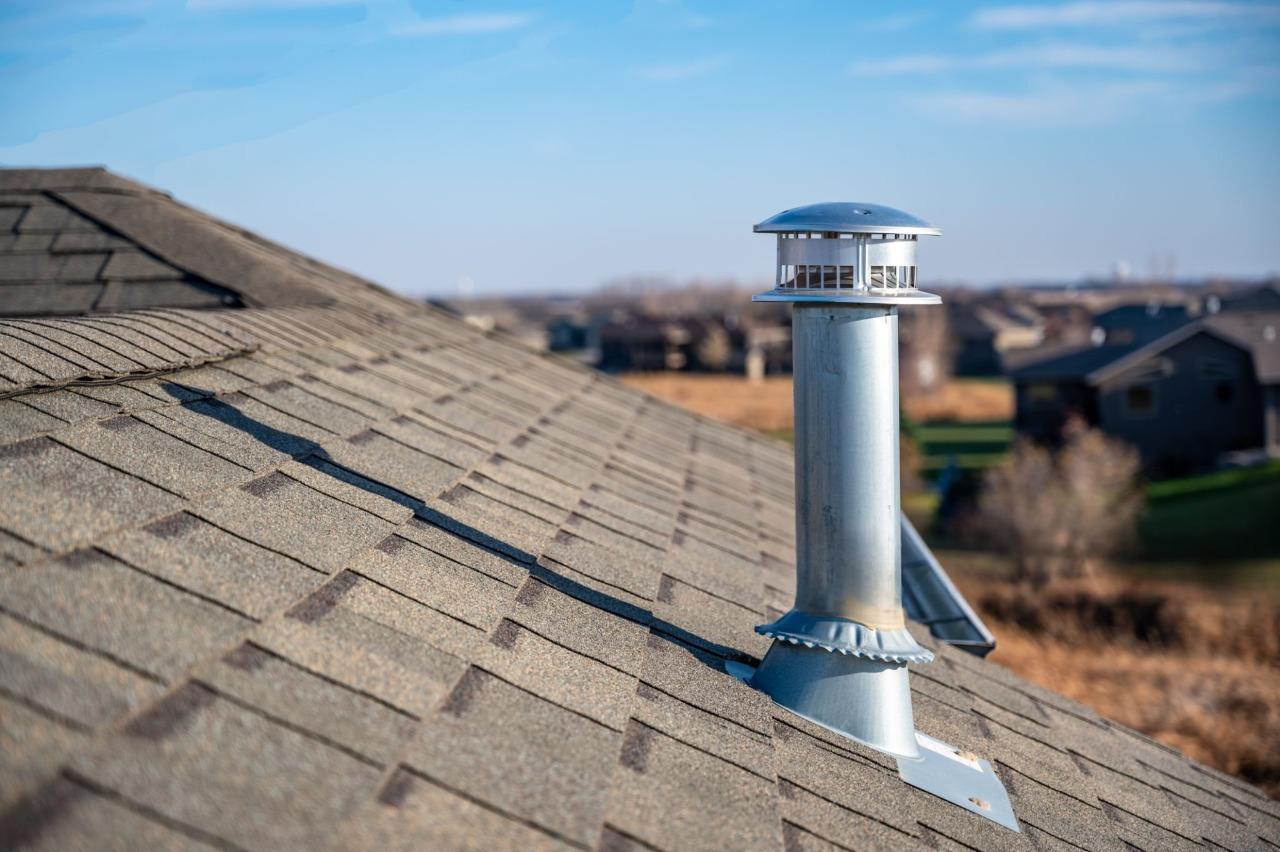
Chimneys are often out of sight and out of mind, but they play a crucial role in keeping your home safe and comfortable. A well-maintained chimney ensures that your fireplace works efficiently, while also preventing dangerous issues like chimney fires and carbon monoxide buildup. Unfortunately, chimneys can develop problems over time that, if left unchecked, may lead to significant damage and costly repairs. In this blog post, we’ll explore the key signs that indicate your chimney might need repair and explain why you should address these issues as soon as possible.
1. Cracked or Damaged Chimney Masonry
The most obvious sign that your chimney needs repair is visible damage to the chimney’s masonry. Over time, the bricks and mortar that make up your chimney can begin to crack, crumble, or erode. This is especially true in regions that experience harsh winters, where the freeze-thaw cycle causes the materials to expand and contract, leading to cracks and gaps.
If you notice any visible cracks, loose bricks, or crumbling mortar on the exterior of your chimney, it’s important to have it inspected by a professional. These types of damages can compromise the structure of the chimney, leading to more severe issues down the road. For example, cracks in the masonry can allow water to seep into the chimney, leading to rusted metal components and the potential for chimney collapse.
2. Water Damage or Leaks
Water damage is one of the most common and most overlooked issues with chimneys. Even though chimneys are designed to withstand exposure to the elements, they can still suffer from water damage over time. This is especially true if the chimney is not properly capped or if there are cracks in the masonry that allow rainwater to enter.
Signs that water is causing damage to your chimney include:
- Rust or Corrosion: Rust on the damper or firebox is a clear indicator that moisture is present.
- Stains or Dampness: Water stains on the ceiling or walls near the chimney, or a damp smell, are a sign that water is leaking into the structure.
- Mold or Mildew: The presence of mold or mildew in the area surrounding the chimney is another red flag.
- Efflorescence: A white, powdery substance on the chimney’s brickwork can be a sign of water damage and mineral deposits from evaporating water.
Water damage not only weakens the chimney’s structure but also increases the likelihood of dangerous chimney fires. When water infiltrates the chimney, it can mix with the soot and creosote buildup inside, creating a substance that’s highly flammable. Over time, this combination can increase the risk of a chimney fire, which can spread to other parts of the home.
3. Chimney Smoke or Soot Backdrafting into the Home
One of the primary functions of a chimney is to safely vent smoke, gases, and other byproducts of combustion outside of your home. However, if your chimney is damaged or blocked, it may fail to do its job properly, causing smoke and soot to flow back into your living space. This is called backdrafting, and it’s not only unpleasant but also dangerous.
There are several reasons why backdrafting might occur, including:
- Obstruction in the Chimney Flue: A blocked or clogged flue, often caused by creosote buildup, debris, or even animal nests, can prevent smoke and gases from escaping.
- Structural Damage: Cracks or gaps in the chimney’s masonry can cause a malfunction in the chimney’s ability to vent properly.
- Chimney Cap Issues: A broken or missing chimney cap can allow wind to blow smoke back down into the chimney.
If you notice that smoke is entering your home when you use your fireplace or that there’s a lingering smell of soot, it’s time to schedule a chimney inspection. Ignoring this issue can lead to long-term health concerns, including respiratory problems from inhaling harmful gases like carbon monoxide.
4. Cracked Chimney Liner
The chimney liner plays a vital role in protecting the chimney’s structure and venting gases safely out of your home. Over time, the liner can become damaged due to the extreme heat from fires, exposure to moisture, and general wear and tear. When the liner is cracked, it can lead to dangerous situations, such as the risk of a chimney fire or exposure to harmful gases.
If your chimney liner is cracked, it’s crucial to get it replaced as soon as possible. A damaged liner can allow flammable gases and soot to come into direct contact with the chimney walls, increasing the risk of a fire. Additionally, a compromised liner can allow harmful carbon monoxide to seep into your living space, putting your family’s health at serious risk.
5. Rust or Corrosion on Metal Components
Chimney systems often have metal components, such as the damper, firebox, or chimney cap. These parts can rust or corrode over time, especially if exposed to moisture. If you notice rust or corrosion on any metal components of your chimney, it’s a clear sign that water is getting into the system, and repairs are needed.
Rust can damage the structural integrity of metal components, causing them to break or fail. This can lead to a dangerous situation where the chimney no longer functions properly, or worse, it could cause a chimney fire or allow carbon monoxide to enter your home.
6. Unpleasant Odors from the Chimney
If you notice a foul smell coming from your chimney, it’s often a sign that something is wrong. There are a few potential causes for this unpleasant odor:
- Creosote Buildup: A buildup of creosote, a byproduct of burning wood, can cause an unpleasant, smoky smell. If this buildup is left unchecked, it can become a fire hazard.
- Mold or Mildew: As mentioned earlier, water intrusion can lead to mold and mildew growth inside the chimney. This can cause a musty odor that lingers in your home.
- Dead Animals: Occasionally, animals like birds, squirrels, or raccoons can become trapped inside the chimney. If an animal dies inside, it can produce a foul, decaying smell.
If you detect any unusual odors coming from your chimney, it’s best to call a professional chimney technician to inspect and address the issue. Ignoring the odor could lead to more serious problems, such as chimney fires or health hazards.
7. Difficulty in Opening or Closing the Damper
The damper is an essential part of your chimney system. It controls the airflow in and out of the chimney and helps prevent heat loss when the fireplace is not in use. If you notice that your damper is difficult to open or close, it could indicate an obstruction or rust buildup. A malfunctioning damper can lead to a variety of problems, including inefficient ventilation and the risk of backdrafting.
If the damper is sticking or not functioning properly, it’s essential to have it repaired or replaced as soon as possible to ensure your chimney works safely and efficiently.
Why You Shouldn’t Ignore Chimney Problems
Chimney repairs may seem like an inconvenience, but ignoring them can have serious consequences. Here’s why it’s important to address chimney issues promptly:
Safety Concerns: A malfunctioning chimney can lead to dangerous conditions, including chimney fires, carbon monoxide poisoning, and structural damage to your home. Early repairs can help prevent these potentially life-threatening hazards.
Increased Repair Costs: The longer you wait to address chimney problems, the worse they’ll become. Small issues, like cracks or water damage, can quickly escalate into more expensive repairs if not taken care of in a timely manner.
Efficiency Loss: A damaged chimney can reduce the efficiency of your fireplace, causing you to waste energy and money on heating. Proper maintenance ensures that your chimney and fireplace work efficiently, providing warmth and comfort without unnecessary cost.
Decreased Property Value: A chimney in poor condition can lower your home’s value. Potential buyers may see it as a liability, and they could request significant repairs before agreeing to purchase.
Conclusion
Your chimney is a vital component of your home’s safety and comfort. If you notice any of the signs outlined above, it’s essential to have your chimney inspected and repaired by a professional as soon as possible. Regular maintenance and prompt repairs will not only protect your home from fire hazards but will also keep your chimney functioning properly for years to come. Don’t wait for small problems to turn into major issues—schedule a chimney inspection with Golden Hands Chimney today and ensure the safety and efficiency of your home.
Related Posts
How to Choose the Right Chimney Repair Company: What You Need to Know
When your chimney needs repairs, it’s essential to choose a reliable, experienced, and trustworthy company…
The Dangers of a Damaged Chimney: How Timely Repairs Can Save You Money
A chimney is an essential part of your home’s heating system, especially if you have…



